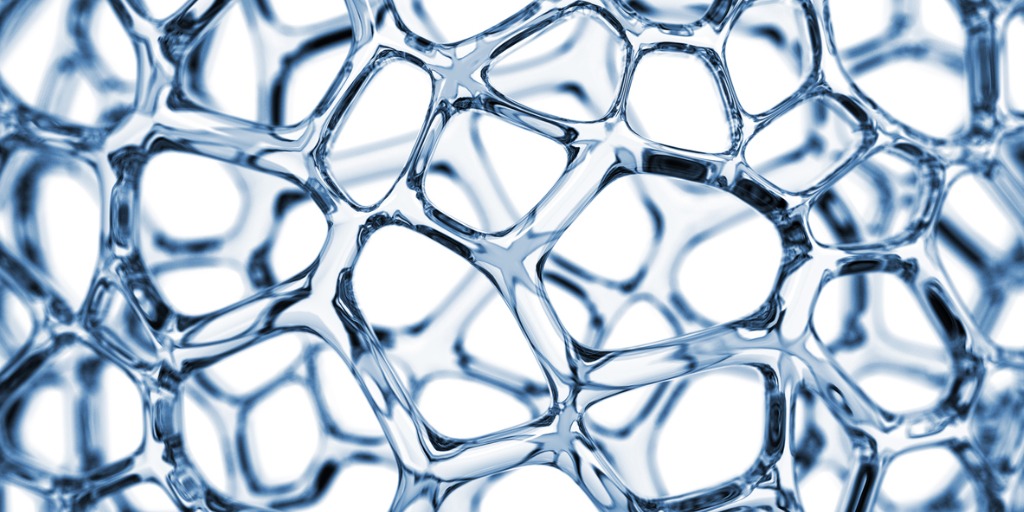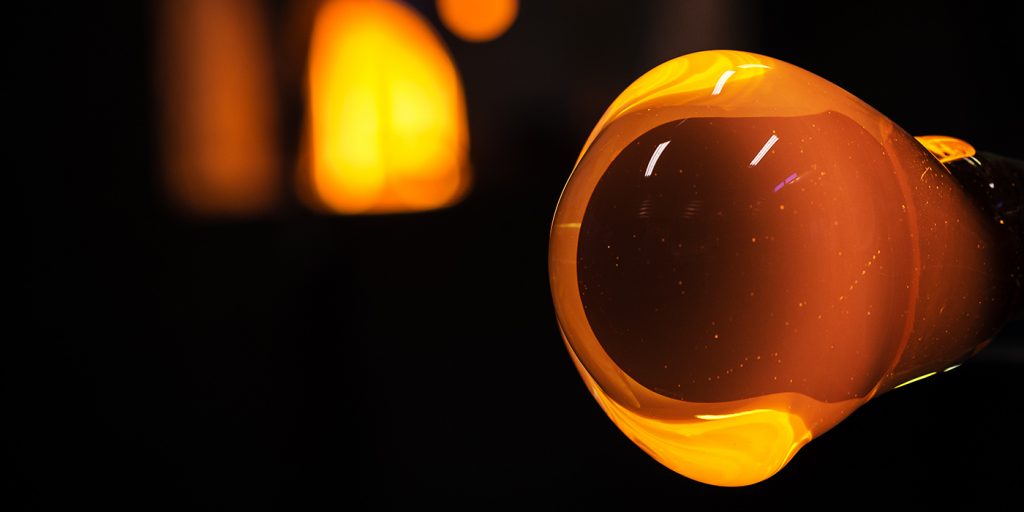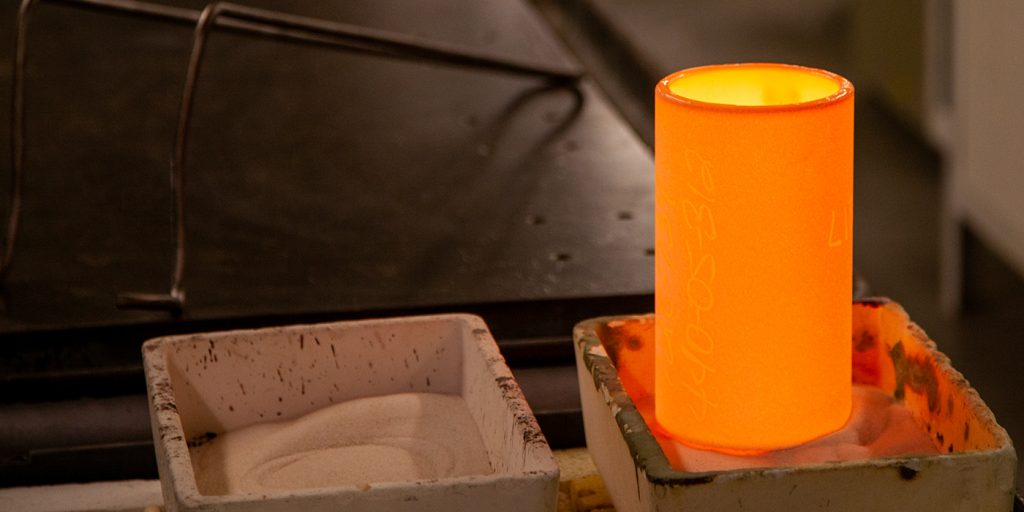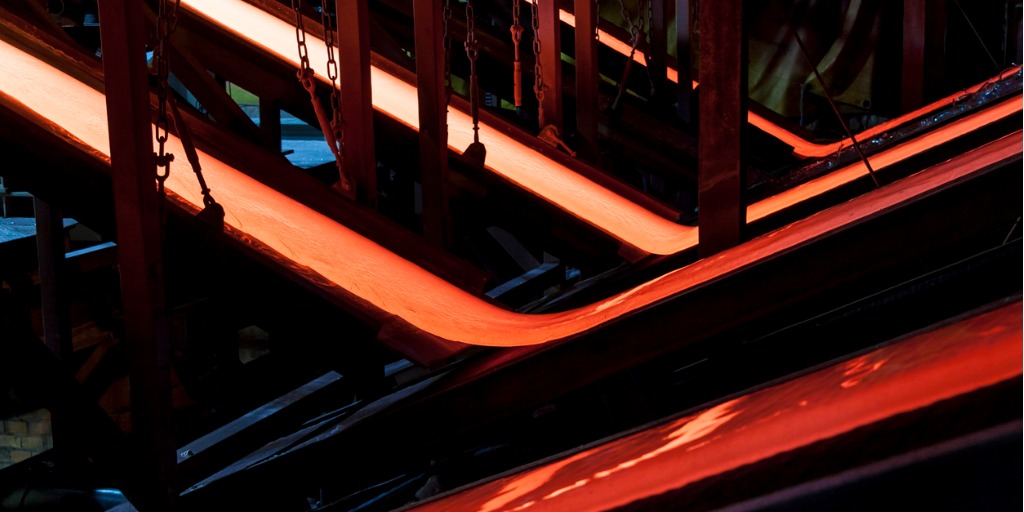Category: Blog
-

Controlled Pore Glass Manufacturing and Applications
Controlled pore glass (CPG) is uniquely suited to numerous filtering, sensing, and bioscience applications due to its structure and surface area. This article explores CPG manufacturing techniques and applications.
-

In Loving Memory of Ted Day
The Mo-Sci, ETS Wound Care, and Bekeson Glass families are deeply saddened by the loss of our beloved friend and leader, Ted Day. He will be greatly missed by his family, friends, colleagues, and employees.
-

The Sol-Gel Manufacturing Process
Sol-gel techniques offer a low-temperature alternative to traditional melt-quenching and can be used to produce materials with incredibly broad applications.
-

Aerospace Glass Applications
From heat shielding to structural reinforcement, the applications for glass in aerospace are nearly endless.
-

Measuring Glass Viscosity
The viscosity of a glass provides important clues to how it will behave during different processing steps.
-

Matching Coefficient of Thermal Expansion in Glass Seals
The coefficient of thermal expansion (CTE) is a critical parameter to consider in product design. Components under varying conditions must move and expand together to prevent structural damage or gaps that cause seals to fail.
-

Crucible Selection for Glass Melting
When developing a new glass melt, it is critical that the right crucible is chosen to ensure that the crucible doesn’t crack, deform or contaminate the melt.
-

Meet Our CEO: An Interview with Ted Day
From pharmacist to serial entrepreneur, Mo-Sci CEO Ted Day has led an interesting life. In this interview, Ted talks about his experience with Mo-Sci and his thoughts on the specialty glass industry.
-

Using Silver-Releasing Glass to Reduce Bioburden
Silver has been used for wound management for over 200 years, and its anti-microbial properties have been known since the 19th century. Recently, interest in silver has been renewed following research involving the use of silver with bioactive glasses that are implanted directly into the body.
-

Glass 101: Glass Furnace Types
Even though glass furnaces have been around for thousands of years, they continue to evolve to meet production requirements and increase efficiency.
